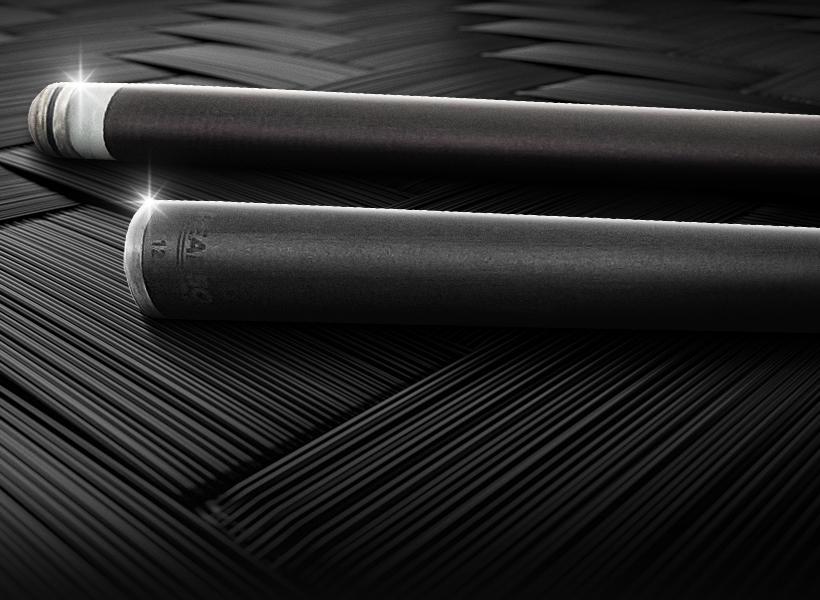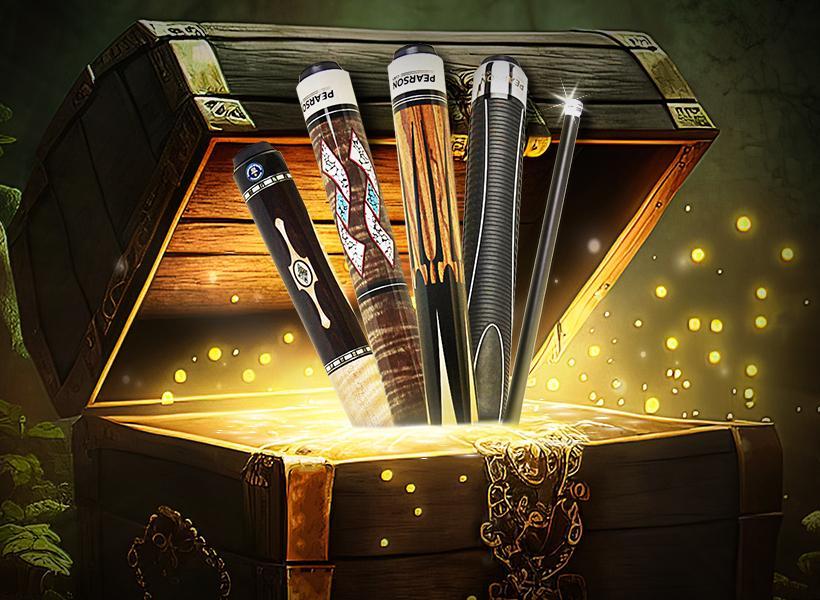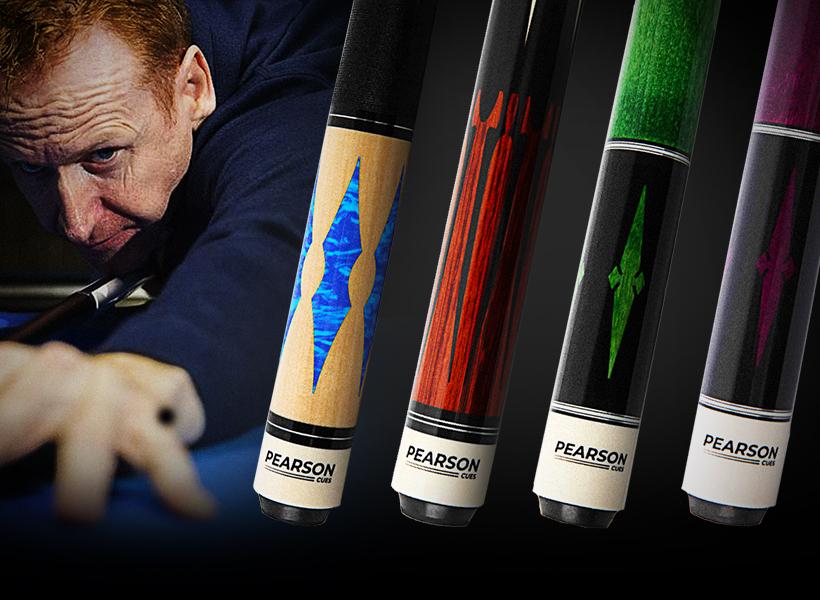Snooker Rules: How To Play Game Like a Pro
Key Takeaways
- Snooker involves potting 15 red and 6 colored balls in a specific sequence to score points, with the highest scorer winning the game.
- The game is played on a large, green baize table with a specific ball arrangement and requires cues that are at least 3 feet long.
- Points are awarded for potting balls and penalties are given for fouls, with specific snooker rules for re-spotting balls and handling common foul shots.
Snooker Rules
The rules of snooker are simple. It includes 21 object balls (15 red and 6 colored balls) and one cue ball. Players have to pot a red ball first, followed by a colored ball, a red ball, a colored ball, and so on.
The red-colored sequence continues until all of the balls have been pocketed.
Your turn will be over if you fail to put the proper ball into the pockets. The winner is the one who achieves the highest scores, which are calculated based on snooker ballpoints as follows:
- Red ball = 1 Point
- Yellow Ball = 2 Points
- Green Ball = 3 Points
- Brown Ball = 4 Points
- Blue Ball = 5 Points
- Pink Ball = 6 Points
- Black Ball = 7 points
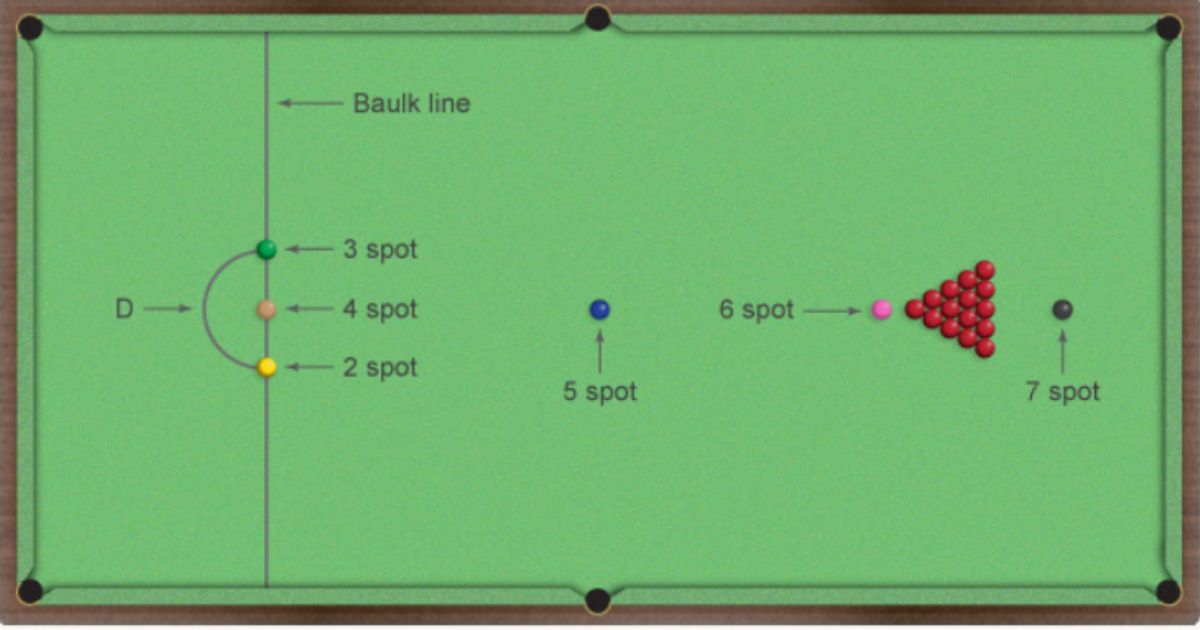
Snooker Setup Rule
The racking method in snooker is different from the billiard rules. The snooker setup rule is stacking 14 red balls in a pyramid shape with a pink ball at the tip and a black ball behind it. The blue ball stands at the center of the table. The green, yellow, and brown balls lie in a row across from the pyramid.
The Object of the Game
Snooker’s goal is to strike the white cue ball so that it hits the object balls in turn and causes them to fall into one of the game’s six pockets. You can earn points if you legally pocket balls or when your opponent commits a foul.
The points will be calculated according to the rules explained above. The player who scores more points wins the frame, and the first person to win a predetermined number of frames wins the match.
Players & Equipment
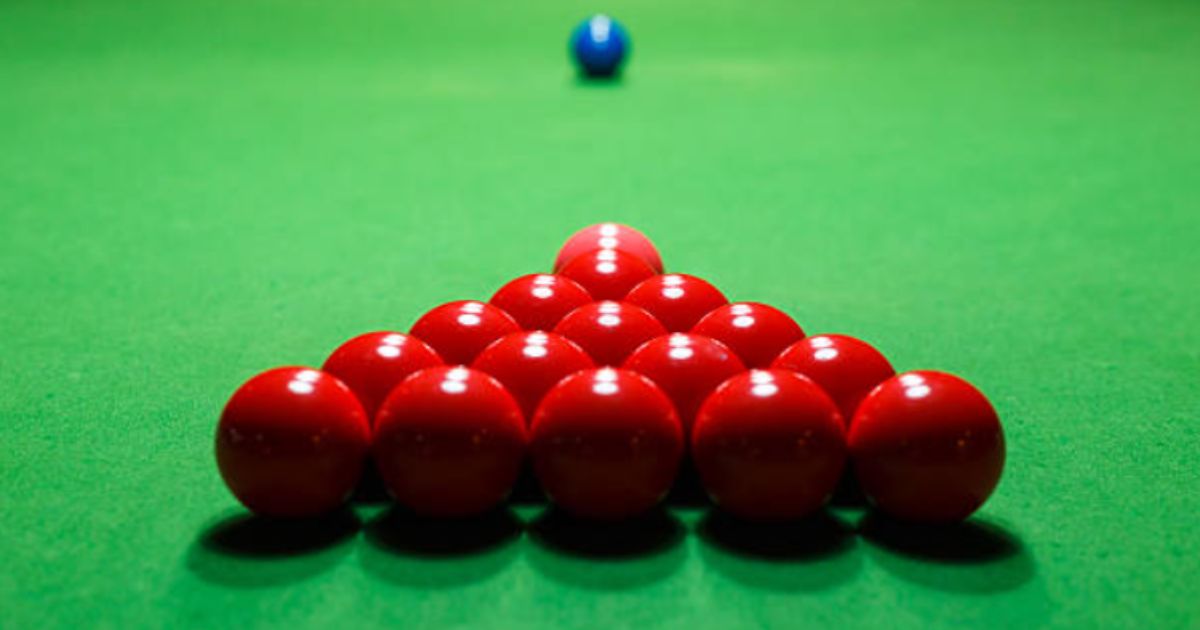
Table
The snooker table typically has a slate surface coated in green baize. It is rectangular, spanning 12 feet by 6 feet and standing slightly under 3 feet tall.
- The six pockets are located in 4 corners and 2 centers of both long sides, or cushions, pockets.
- The baulk end, from which the game begins, has a line that spans the width of the table 29 inches from the cushion.
- The D, a semicircle with an 11.5-inch radius and a diameter equal to the baulk line, sits in the center.
Balls
There are 15 red balls, one each of the following colors: black, pink, blue, brown, green, and yellow, plus a white cue ball that is the only one the players can hit.
The snooker balls are made from phenolic resin and are 2.7 inches in diameter which is smaller than pool balls.
Cues
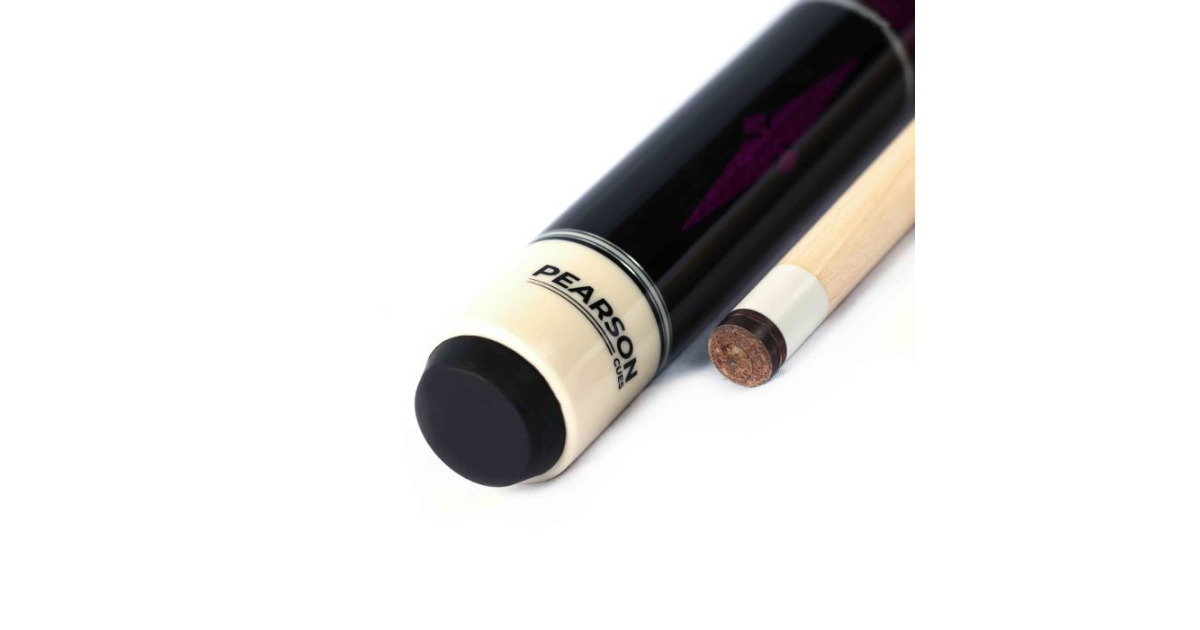
Snooker cues are normally made from wood. Just the same as in a pool game, you have to choose a cue based on its length, weight, cue tip type, diameter, etc.
The snooker cue must be not less than 3ft in length and shall exhibit no major variation from the traditional and widely accepted shape and form.
Snooker rack
It is a triangle rack like a normal pool, but the way you arrange balls is different. The 15 reds should be positioned in the triangle, just behind the foot spot. The pink ball is in front of the triangle, and the black ball is behind it.
Scoring
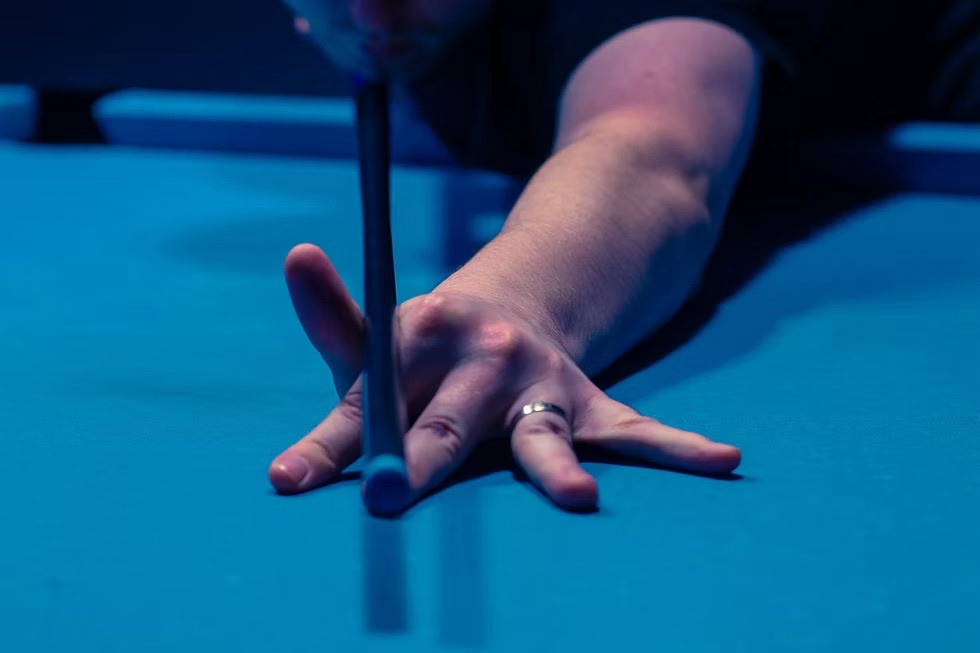
- Ball scores:
- After potting a red, players receive one point and are then required to choose a color for their upcoming shot.
- Prior to pink (six), blue (five), brown (four), green (three), and yellow (worth three), black (worth seven) is the most valuable color (two).
- The player switches back to a red and alternates red, then colored ball until all the reds are potted.
- The reds are not re-spotted after each of the six colors, though.
- The final planted color is black, followed by the following six colors in descending points order.
- Scoring after a foul:
- The player keeps his turn until making a violation, then other players take turns.
- The maximum standard break is 147(15 reds taken with 15 blacks and then all the colors).
- If a player fouls, their opponent receives four points. For instance, if the player pockets the cue ball, his opponent will get points from four to seven. The seriousness of the foul determines how many points the opponent scores.
Common Foul Shots
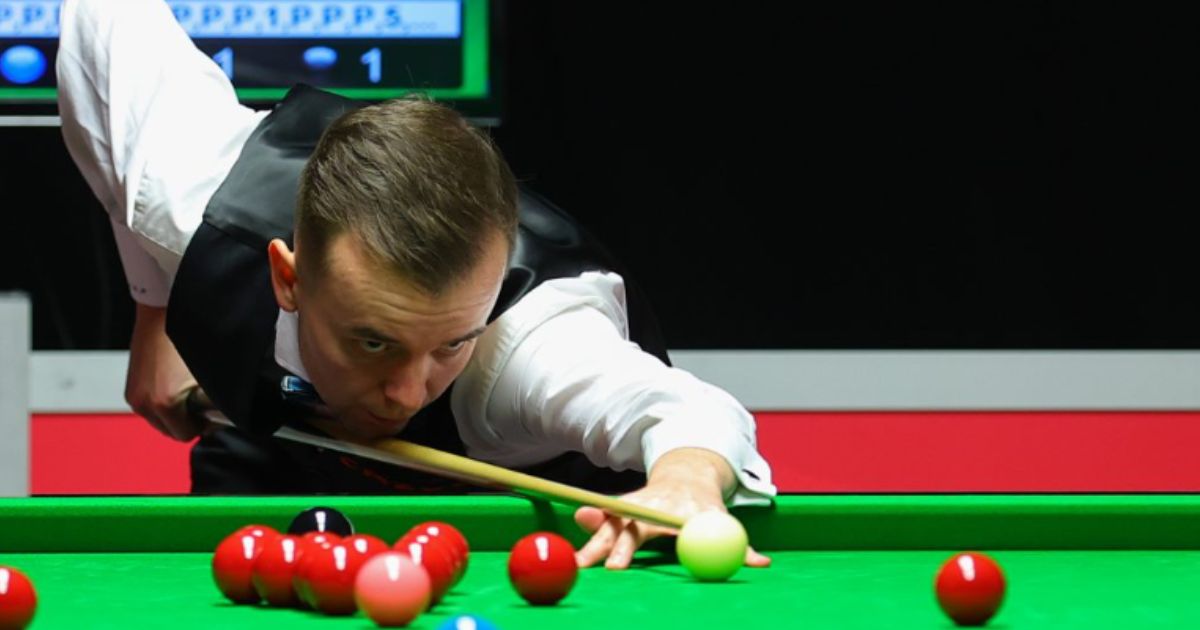
According to the table scratch rules of snooker, the following are common foul shots:
- Push shots: It is a foul in snooker when the cue tip remains in contact with the cue ball as it touches the target ball. Only one precise cue hit is allowed when playing the cue ball.
- Jump shots: Unlike in the pool, jump shots are not allowed in snooker. It happens when you strike the cue ball, so it jumps in the air over any part of a ball before hitting another ball.
- Other incorrect shots:
- Pot a ball in the wrong sequence
- Fail to hit the nominated balls
- Touch any balls with your body and hands
- Touch other balls (except cue ball) with your snooker cue
- Pocket the cue ball
- Hit the ball off the table
- Play the shot without at least one foot on the ground.
After a foul, the other player’s turn is up, and you get no score. You must remove red foul balls from the table or place back foul-colored balls.
Re-spotting Balls
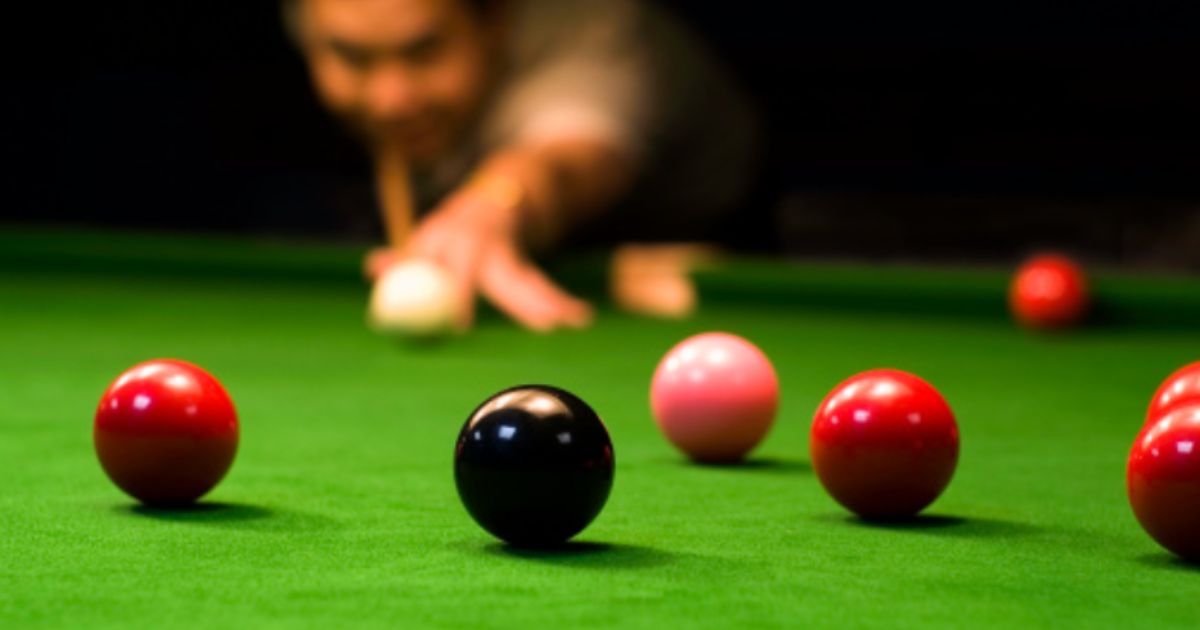
The colored balls are positioned in a similar location as they were at the start of the game. If this spot is no longer available, you can place the ball in the vacant place of the color with the highest value.
If all those positions are occupied, you must put the re-spotted ball as near as feasible to its original starting location. And it must be on a straight line between its spot and the closest point on the top cushion.
FAQs
1. What are the basic rules of snooker?
Snooker is played on a large table with 22 balls: 15 red, 6 colored, and 1 white cue ball. Players take turns to pot balls using the cue ball. They must first pot a red ball (worth 1 point) followed by any colored ball. Colored balls are then replaced until all reds are gone. After that, players pot the colored balls in order to increase their value. Fouls result in penalties. The game ends when all balls are potted, or a player concedes. The player with the highest score wins.
2. How does scoring work in snooker?
Players get points for sinking balls. Red balls are worth 1 point each, colored balls are worth 2 to 7 points. With snooker, you must sink a red before a color. Colors come back on the table until all reds are gone. If you make a mistake, your opponent gets free points. Whoever with the most points at the end wins.
3. What happens if you sink two red balls in snooker?
If you sink two red balls in snooker, you get 2 points (1 point for each red). You can then try to pot any colored ball. After that, you must aim for another red. Sinking two reds in one shot is legal and a good move, as it increases your score and potential for a high break.

Dave Pearson
Dave Pearson, the world's leading pool entertainer, is renowned globally as the ultimate exhibition player.
Boasting 20 world records endorsed by the prestigious Guinness Book of World Records, Dave established a legendary history in the sport industry.

